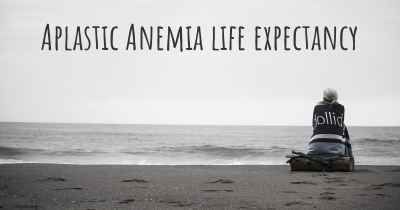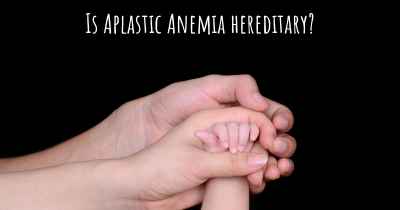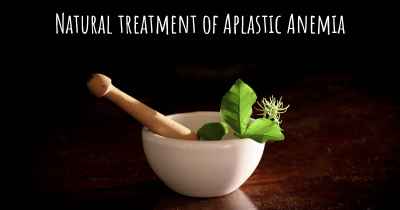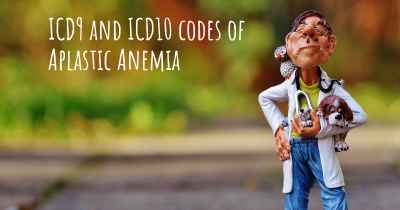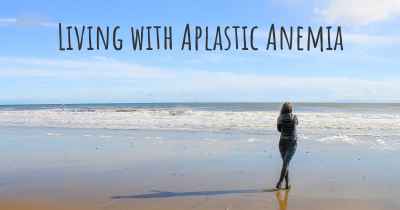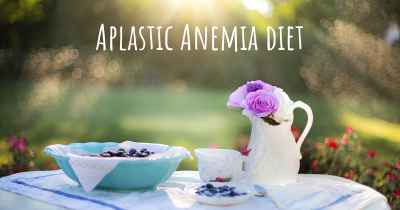Is it advisable to do exercise when affected by Aplastic Anemia? Which activities would you suggest and how intense should they be?
See if it is advisable for people with Aplastic Anemia to practice sports and which ones are the most recommended if you have Aplastic Anemia
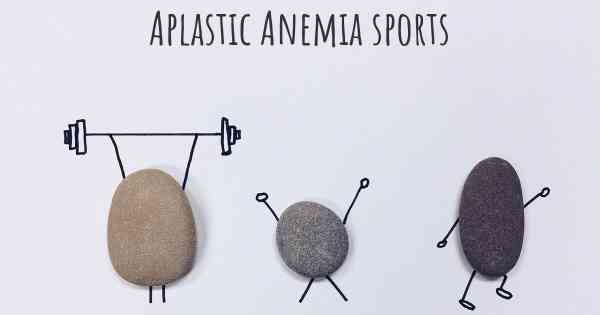
Exercise and Aplastic Anemia: Recommendations and Intensity
Aplastic anemia is a rare and serious condition characterized by a deficiency of all types of blood cells. It occurs when the bone marrow fails to produce enough red blood cells, white blood cells, and platelets. As a result, individuals with aplastic anemia often experience fatigue, weakness, and an increased risk of infections and bleeding.
When it comes to exercise and aplastic anemia, it is essential to approach physical activity with caution and consult with a healthcare professional. While exercise can have numerous benefits for overall health and well-being, it is crucial to consider the individual's specific condition and limitations.
Benefits of Exercise for Aplastic Anemia Patients
Engaging in regular exercise, within the limits of one's condition, can provide several benefits for individuals with aplastic anemia:
- Improved cardiovascular health: Exercise can help strengthen the heart and improve blood circulation, which may alleviate some symptoms of aplastic anemia, such as fatigue.
- Enhanced muscle strength and endurance: Regular physical activity can help maintain and improve muscle strength, making daily activities easier to perform.
- Mood enhancement: Exercise releases endorphins, which can improve mood and reduce feelings of anxiety or depression that may accompany a chronic illness.
- Weight management: Maintaining a healthy weight is important for overall health, and exercise can contribute to weight management.
- Improved immune function: While intense exercise may temporarily suppress the immune system, moderate exercise can enhance immune function and reduce the risk of infections.
Choosing the Right Activities
When selecting exercises for individuals with aplastic anemia, it is crucial to focus on activities that are low-impact, gentle, and safe. Here are some recommended exercises:
- Walking: Walking is a low-impact exercise that can be easily adjusted to an individual's fitness level. It helps improve cardiovascular health and overall endurance.
- Yoga: Yoga combines gentle movements, stretching, and deep breathing, promoting flexibility, balance, and relaxation. It can be adapted to accommodate different fitness levels.
- Swimming: Swimming is a non-weight-bearing exercise that is gentle on the joints. It provides a full-body workout and helps improve cardiovascular fitness.
- Cycling: Cycling, whether outdoors or on a stationary bike, is a low-impact exercise that can be adjusted in intensity. It helps strengthen the lower body and improve cardiovascular health.
- Resistance training: Light resistance training with weights or resistance bands can help maintain muscle strength. It is important to start with low weights and focus on proper form to avoid injury.
Exercise Intensity
The intensity of exercise for individuals with aplastic anemia should be carefully considered to prevent overexertion and complications. It is recommended to start with low to moderate intensity exercises and gradually increase the duration and intensity over time, based on individual tolerance and medical advice.
Monitoring heart rate can be a useful tool to gauge exercise intensity. The target heart rate for individuals with aplastic anemia should generally be within a range that allows for a moderate workout without excessive strain. However, it is crucial to consult with a healthcare professional to determine the appropriate target heart rate and exercise intensity for each individual.
Precautions and Considerations
While exercise can be beneficial, individuals with aplastic anemia should keep the following precautions in mind:
- Consult with a healthcare professional: Before starting any exercise program, it is essential to consult with a healthcare professional who is familiar with the individual's condition.
- Listen to your body: Pay attention to any signs of fatigue, dizziness, or shortness of breath during exercise. If any symptoms worsen or persist, it is important to stop and seek medical advice.
- Avoid high-impact activities: Activities that involve jumping, running, or intense contact should generally be avoided to prevent injuries and excessive strain on the body.
- Stay hydrated: Adequate hydration is crucial during exercise to maintain overall health and prevent complications.
- Follow medical advice: It is important to follow any specific recommendations or restrictions provided by healthcare professionals regarding exercise and physical activity.
Conclusion
Engaging in regular exercise, within the limits of aplastic anemia, can provide several benefits for individuals with this condition. Low-impact activities such as walking, yoga, swimming, cycling, and light resistance training are generally recommended. However, it is crucial to consult with a healthcare professional to determine the appropriate exercise intensity and ensure safety. By incorporating exercise into their routine, individuals with aplastic anemia can improve their overall well-being and quality of life.
Posted Mar 17, 2017 by Jacqueline 1152
Posted Mar 17, 2017 by John 2150
Posted Nov 6, 2018 by Dayna 900
